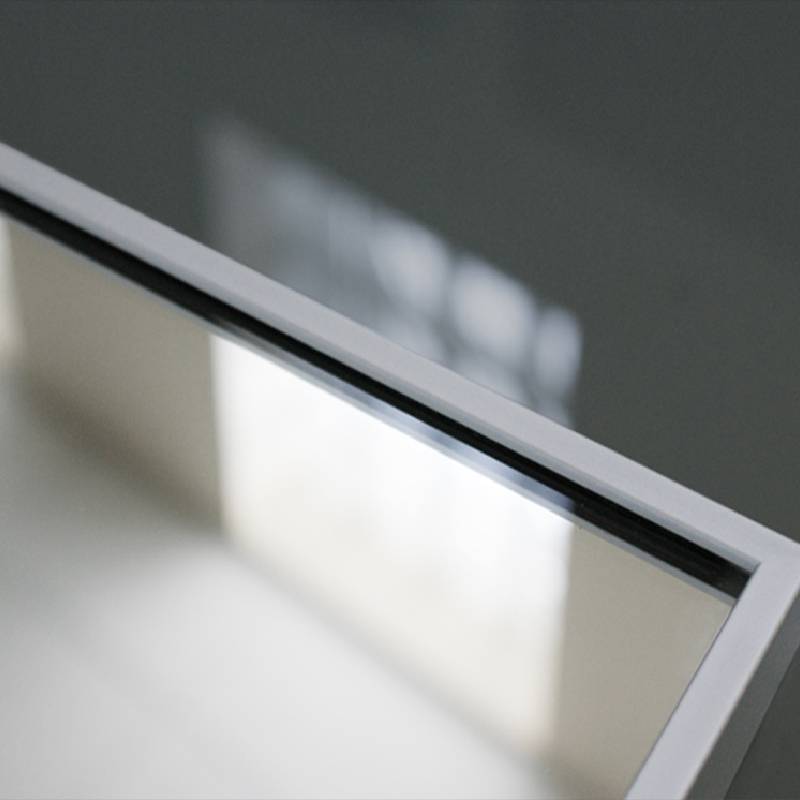

Understanding Low Emissivity Glass Benefits and Applications
Low emissivity glass, commonly referred to as low-E glass, is a remarkable innovation in the field of construction materials and energy efficiency. It is designed to minimize the amount of infrared and ultraviolet light that can pass through it without compromising the amount of visible light transmitted. This characteristic makes low-E glass an essential component in modern building design, particularly in the pursuit of sustainability and energy conservation.
What is Low Emissivity Glass?
Low emissivity glass is coated with a thin layer of metallic oxide that reflects heat back to its source. This can either be the interior of a building during winter or the exterior during summer. The key feature of this glass is its low emissivity rating, generally below 0.25, which significantly reduces the amount of heat transfer. By reflecting heat, low-E glass helps to maintain comfortable indoor temperatures, reducing the need for heating in winter and minimizing the reliance on air conditioning in summer.
Benefits of Low-E Glass
1. Energy Efficiency One of the most significant benefits of low-E glass is its ability to improve overall energy efficiency. By reflecting heat, it lessens the burden on heating and cooling systems, which can lead to substantial energy savings over time. Buildings equipped with low-E glass can reduce energy consumption by 10% to 40% compared to those using standard glazing.
2. UV Protection Low-E glass effectively blocks harmful ultraviolet rays from the sun, which can lead to fading of furniture, carpets, and artworks. By incorporating low-E glass in windows, property owners can prolong the life of their interior finishes.

3. Comfort Enhancement The temperature regulation offered by low-E glass contributes to a more comfortable indoor environment. With a more stable indoor temperature, occupants can enjoy a cozy atmosphere without the drafts or hot spots commonly associated with traditional windows.
4. Environmental Impact By maximizing energy efficiency, low-E glass plays a vital role in reducing greenhouse gas emissions. Buildings account for a significant portion of global energy use, and the adoption of low-E glass can help mitigate environmental impact as more properties transition to greener alternatives.
Applications of Low-E Glass
Low-E glass is versatile and can be applied in various settings. It is commonly used in residential buildings, commercial structures, and even in automotive applications. In homes, low-E glass windows help maintain energy-efficient heating and cooling, providing comfort throughout the year. In commercial buildings, the glass allows for expansive windows that invite natural light while managing heat gain, creating productive work environments.
Furthermore, low-E glass can also be incorporated into curtain wall systems and skylights, enhancing both aesthetic appeal and energy performance. As cities strive for sustainability, the use of low-E glass is increasingly prevalent in green building certifications such as LEED (Leadership in Energy and Environmental Design).
Conclusion
Low emissivity glass represents a pivotal advancement in architectural technology and energy conservation. Its ability to control heat transfer while allowing visible light to penetrate creates a balance between comfort and efficiency. As demand for sustainable building materials grows, low-E glass stands out as a practical solution for both residential and commercial applications, leading the way toward a more sustainable future. Embracing low-E glass is not just an architectural choice; it is a commitment to improving energy efficiency and protecting the environment.